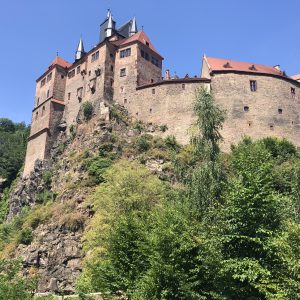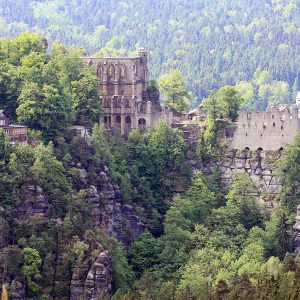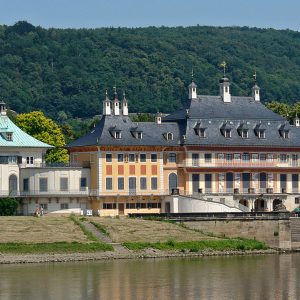The Zinna Cistercian Monastery in Brandenburg is an impressive testament to medieval architecture. Built in 1170, the structure skillfully combines Gothic elements with Romanesque and early Gothic accents. As a spiritual institution, it housed numerous monks of the Cistercian order over the years, known for their strict religious discipline and deep devotion to prayer and meditation. In addition to their spiritual service, these monks also dedicated themselves to secular activities such as agriculture and the production of artisanal products like candles, honey, and wine.
A particularly significant chapter in the history of the monastery was written by the reformer Martin Luther. In the 16th century, he stayed here to engage in intensive exchanges with the monks and to participate in profound theological discussions. His stay significantly influenced his further intellectual development.
The history of the Zinna Monastery has not always been peaceful: especially during the Thirty Years’ War, it suffered from looting and damage. In the 19th century, the monastery was architecturally redesigned and acquired a castle-like appearance.
Today, the Zinna Monastery serves as an educational and cultural site. It houses a museum that allows visitors to experience both the history of the monastery and that of the surrounding region. In particular, it provides deep insights into the everyday life of Cistercian monks and sheds light on the period of the Reformation. Visitors can experience the fascinating architecture and ambiance of the monastery during guided tours, and regular events such as concerts and exhibitions pay tribute to its cultural heritage.
As a historical attraction of the region, the Zinna Monastery welcomes numerous guests annually. Its impressive architecture, spiritual aura, and significant past position it as an essential landmark of Brandenburg. It is a place that invites contemplation and at the same time connects the past, present, and future.
The precise address is:
Klostermuseum, Kloster Zinna
Am Kloster 6
14913 Jüterbog
Brandenburg, Germany
The GPS coordinates are:
Latitude: 52.0451469
Longitude: 13.0830362
You can find the website at:
http://www.kloster-zinna.com/ (not SSL-encrypted)
Photo: Carl Ferdinand Sprosse (1819–1874) – http://www.bassenge.com/
License: Public Domain





Reviews
There are no reviews yet.